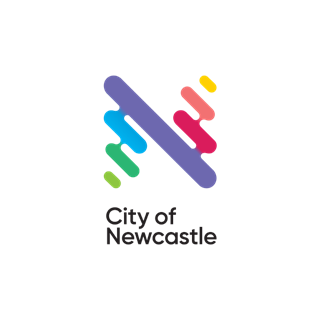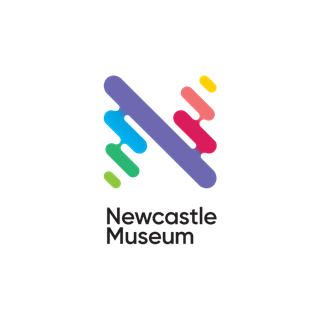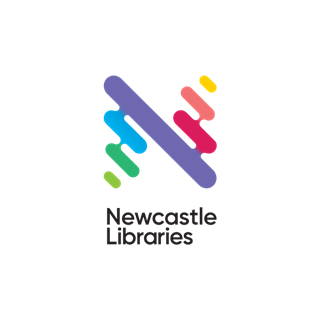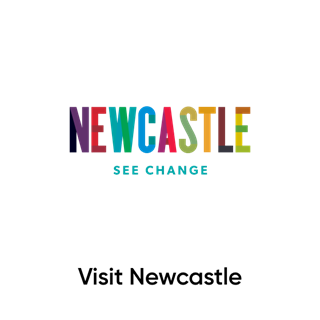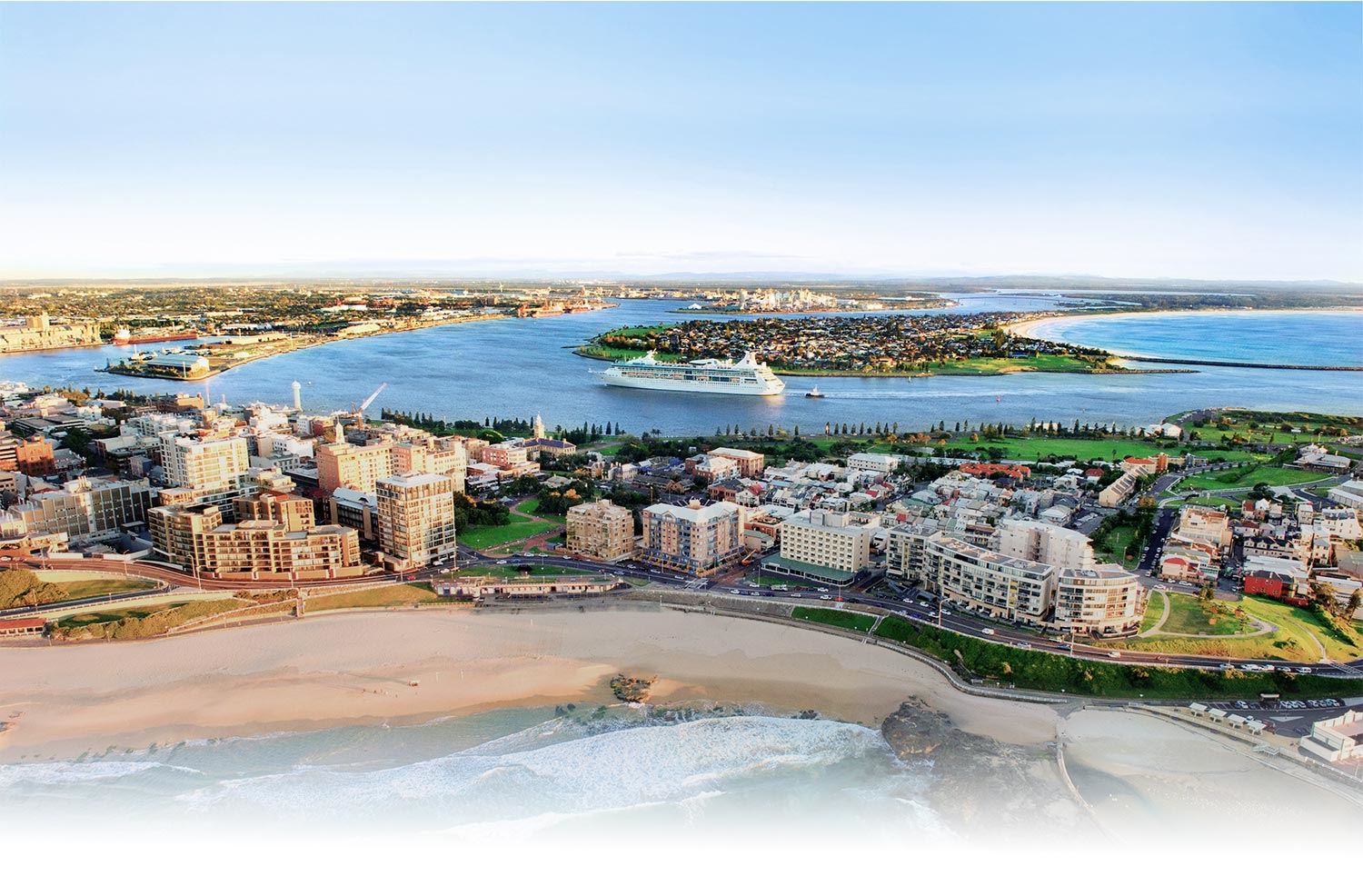
National Geographic Traveler names Newcastle a Smart City
16 Feb 2017
WASHINGTON, D.C. — National Geographic Traveler has announced Newcastle, Australia, as part of its Smart Cities series dedicated to celebrating cities that have risen to the challenges of 21st century urban life.
Around 100 miles north of Sydney, Newcastle, Australia’s seventh largest city, sits at the mouth of the Hunter River just a short drive from the famed Hunter Valley vineyards. When the shifting sands of the global economy saw the local steel, copper and coal industries begin to wind down, Newcastle adopted a creative education-focused tack.
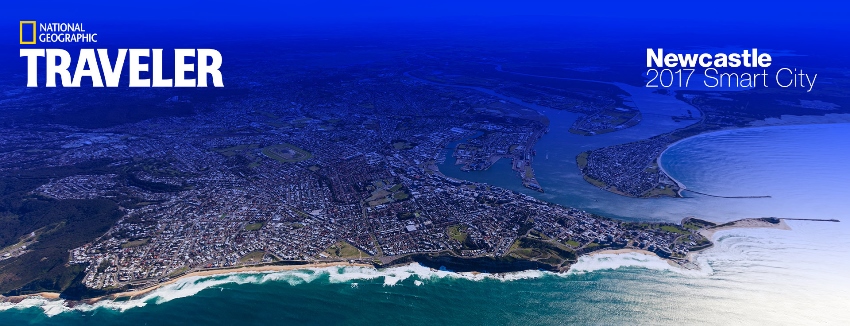
The renowned surf-city with a burgeoning artisan scene transformed run-down spaces into pop-ups for makers -- milliners, writers, painters and furniture designers -- and brightened the walls of large buildings with artistic murals a la major global capitals.
This cultural vitality preceded the arrival of smart city hardware set to make things better for locals and tourists alike.
The University of Newcastle’s landmark city campus is set to open in mid-2017, and will provide a technology-rich, next generation learning environment for students and the community. Within this precinct, an Innovation Hub will nurture home-grown research, innovation and activity to drive the region’s economic and cultural success.
Alongside these innovation-led developments, light rail and tech investment are hastening the post-industrial step of the city that inspired the hit musical Tap Dogs. Green energy research, eclectic cafés, restaurants, bars and bakeries, plus growing numbers of cyclists on sparkling coastal pathways, confirm a new Zeitgeist.
“We are on a global hunt to find cities where innovation meets imagination and are quickly becoming the next great travel destinations,” says National Geographic Traveler editor in chief, George W. Stone.
“Newcastle has done just that. The coastal city has re-invented itself restoring its colonial-era buildings and becoming a base to explore all this city has to offer— from the Merewether Ocean Baths, superb coastline and working harbour to internationally-acclaimed live performance and exhibitions - the city is brimming with activity."
Newcastle Lord Mayor Nuatali Nelmes said tourism was part of Newcastle's transition from a great regional city to an emerging global city with spectacular natural assets and relaxed lifestyle.
"Last year visitor numbers to the region increased by 1.25 million people to 10.1 million," Councillor Nelmes said.
"Many are being drawn by the re-invention of our coastline which now rivals any coastal walk in Australia and by the new urban chic many tourists might more readily relate to Brooklyn, New York. But instead, think of pristine beaches with golden sand and whales often in view only a short stroll from top-shelf cafes and restaurants.
"Soon, tourists will be able to access free wi-fi in the inner city thanks to a project that will also produce a digital hub for sharp-thinking entrepreneurs to make Newcastle and the Hunter even better travel destinations."
University of Newcastle’s Vice-Chancellor, Professor Caroline McMillen, said the University, together with partners in Council, business and the community, is playing an important role in shaping the economic and cultural future of the city.
“By developing the next generation of leaders and entrepreneurs, and encouraging the creation of new businesses, we are positioning Newcastle as a magnet for talent and innovation from across the globe.”
To learn more about Newcastle visit National Geographic Traveler’s Smart City online hub at www.nationalgeographic.com/smart-cities
ABOUT NATIONAL GEOGRAPHIC TRAVELER SMART CITIES HUB
Cities are centers of innovation, hubs of social activity and hotbeds of creativity. And cities are growing in our age of urbanization. By 2030 the United Nations estimates that 5 billion people, or 61 percent of the world’s population, will be living in urban areas. Today, city tourism is the fastest growing segment of the leisure travel market—with the number of city trips increasing 82 percent between 2007 and 2015. For the travel industry there is a pressing need to surface their best ideas and celebrate their success.
What are the secrets of success for smart cities? How can urban areas become recognized as magnetic destinations of imagination and cultural exchange? “We launched the National Geographic Traveler Smart Cities initiative to answer these questions and to give our global audience destination intelligence they need to visit the world’s most exciting cities,” says George W. Stone, editor in chief of National Geographic Traveler. “It's no surprise that urban destinations are driving tourism today and it's no wonder why travellers are attracted to places like Newcastle, Austin, Quito, Santiago, and Oslo. These are cities where locals are smart, surprising, creative and memorable. These are cities where innovation is visible at every corner and where both locals and visitors benefit from the placemaking strategies that bring together public and private interests; where policymakers and business owners cooperate to create sustainable urban spaces that everyone can enjoy.”



